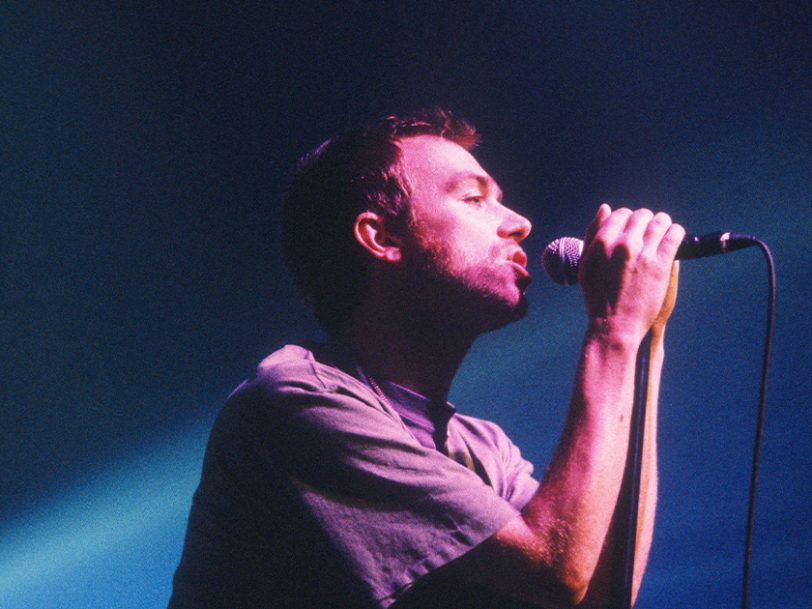With new producer William Orbit at the controls, Blur plotted a course into the further reaches of art-rock with their sixth album, 13. Building on its predecessor, the simply-titled Blur, the album saw the group traverse uncharted terrain, as frontman Damon Albarn’s introspective new songs inspired a collective rethink over what Blur’s music could be at the end of the 21st century. Shaking off the Britpop shackles for good, 13’s 13 songs stand as some of the most remarkable the band ever recorded, as revealed by this track-by-track-guide through every song on the album…
Listen to ‘13’ here.
‘13’: A Track-By-Track Guide To Every Song On Blur’s Classic Album
Tender
Instigated by Damon Albarn’s breakup with Elastica frontwoman Justine Frischmann, and aided by a sympathetic refrain from Graham Coxon (“Oh, my baby/Oh, my baby/Oh, my/Oh, why?”), 13’s opening song and lead single, Tender, presented both Blur bandmates at their most vulnerable. Building from Coxon’s scratchy guitar intro – recorded on a dictaphone – through an unexpected percussion part created with planks of wood, and with Albarn’s impassioned, Otis Redding-inspired vocals held aloft by the London Community Gospel Choir, Tender is a seven-minute catharsis that immediately took its place among the best Blur songs, making it clear from the off that 13 would be a Blur album like no other.




